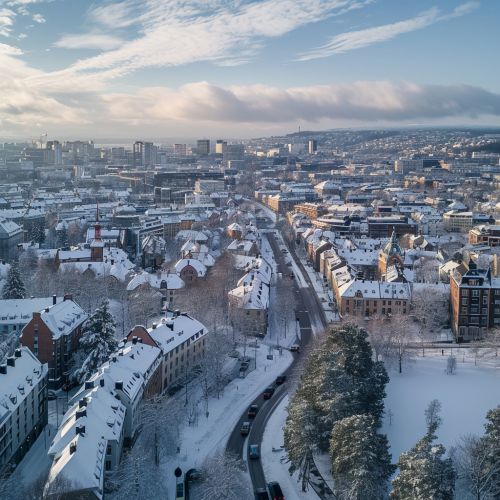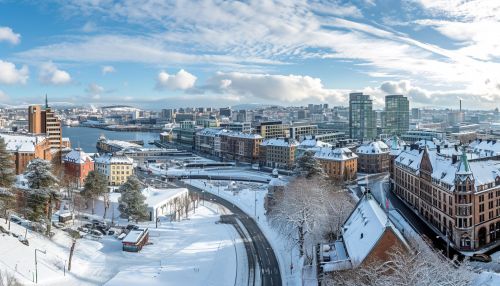1952 Winter Olympics
Overview
The 1952 Winter Olympics, officially known as the VI Olympic Winter Games, were held in Oslo, Norway, from 14 to 25 February 1952. This was the first time the Winter Games were held in a Scandinavian country, and also the first time they were held separately from the Summer Olympics. The games featured six sports, with a total of 22 events contested by athletes from 30 countries.


Selection Process
The decision to award the 1952 Winter Olympics to Oslo was made by the International Olympic Committee (IOC) at its 40th Session in Stockholm, Sweden, in June 1947. Oslo was chosen over other candidate cities, including Cortina d'Ampezzo, Italy, and Lake Placid, United States. The Norwegian capital had previously bid for the 1932 and 1944 Winter Games, but was unsuccessful on both occasions.
Preparation
Preparations for the 1952 Winter Olympics began immediately after Oslo was awarded the Games. The Norwegian government and the city of Oslo funded the construction and renovation of several sports venues, including the Bislett Stadium for speed skating, the Holmenkollen ski jump for ski jumping and Nordic combined, and the Frognerseteren for cross-country skiing. A new Olympic Village was also built in Krydsby, about 15 kilometers from the city center, to accommodate the athletes and officials.
Participating Nations
A total of 30 nations sent athletes to compete in the 1952 Winter Olympics, an increase from the 28 that participated in the 1948 Games in St. Moritz, Switzerland. This included the Olympic debut of the People's Republic of China, New Zealand, and Portugal. The Soviet Union also made its Winter Olympic debut in Oslo, and would go on to become a dominant force in many winter sports.
Sports and Events
The 1952 Winter Olympics featured six sports: Alpine skiing, cross-country skiing, figure skating, ice hockey, Nordic combined, and ski jumping. These sports were divided into 22 events, with medals awarded for the top three finishers in each event.
Medal Count
The most successful nation in terms of medal count at the 1952 Winter Olympics was Norway, with a total of 16 medals, including 7 gold. The United States and Finland were the next most successful nations, with 11 and 9 medals respectively. The Soviet Union, in its Winter Olympic debut, won 8 medals, including 4 gold.
Legacy
The 1952 Winter Olympics left a significant legacy in Oslo and Norway. The Games were widely regarded as a success, both in terms of the organization and the performance of the Norwegian athletes. The infrastructure improvements made for the Games, particularly the sports venues, have continued to be used for international competitions and are popular tourist attractions. The Games also helped to increase the popularity of winter sports in Norway and around the world.
